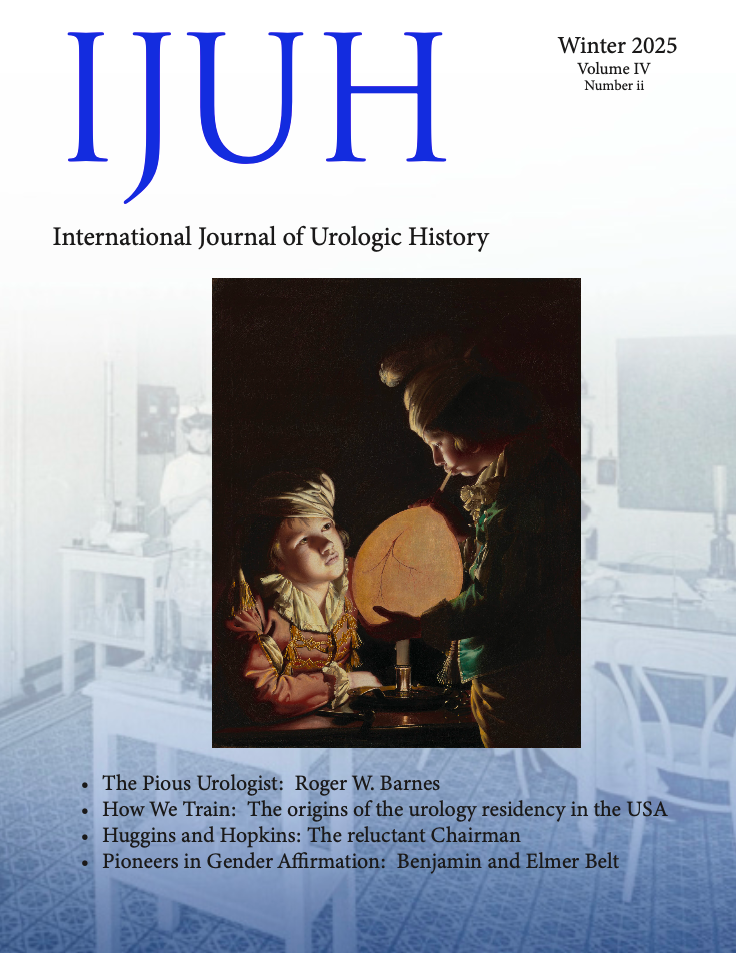Volume 4, Issue 2 Foreward
Nearly 1 million souls were claimed in the 22-year period of the Napoleonic Wars (1803-1815), mostly from disease and deprivation, rather than from battlefield casualties.(1) Napoleon may have been unable to truly grasp the unheralded magnitude of the human suffering that lay in the wake of his campaigns but he was also responsible for establishing the first ambulance corps, battle-ready surgeons, and medical supply depots.(2) He was also concerned about the medical preparedness and training of civilian doctors who, ultimately, may have been called upon to serve a military role. As early as 1801, Napoleon established what we would recognize today as a resident physician and a kind of hierarchy that differentiated novices from the chiefs. The 2023 film Napoleon made no mention of the Emperor’s role in graduate medical education (GME) (focusing instead on the subjugation of mere nations) but his contemporaries sure did. In this issue of the Journal, Hunt et al. provide the important time line, from Napoleon Bonaparte to Hugh Hampton Young, of the development of the formal residency training program in urology whose goal of producing outstanding urologists has remained unchanged for 100 years.(3) The steerage of great programs falls on one shoulder- the Chair. One can little envy the person who would follow in Young’s pioneering footsteps at Hopkins. Grutman, from Baltimore, uses primary archival materials from the ‘Brady’ itself to relate to us the search for Young’s succesor, which intially fell upon the future Nobel prize winner, Charles Huggins. (4) There are many descendants and lineages from good training programs. Some individuals have such great influence in subsequent generations, that there contributions must be celebrated, perhaps to relive or even inspire us. Herr and Hadley provide us with a biography of RW Barnes, the California urologist who spent decades volunteering in underserved continents around the world.(5) Another Californian, the urologist Elmer Belt, was a founding member of UCLA’s medical school and whose nephew, Willard Goodwin, was the first chair of UCLA’s urology department. Belt was a devouted historian and we hope would have approved of the Journal. He and Frank Bicknell had first conceived of the idea of a Urology History forum at the annual meeting as early as 1965.(6) Belt also owned the most extensive collection of items related to Leondardo Da Vinci which later became the Library of Vinciana, part of UCLA. Hines et al. here report Belt’s pioneering clinical activity as the first urologist in the USA performing gender affirmation surgery (GAS), and the comprehensive steps he undertook, with others, to ensure high quality outcomes.(7)
